A short drive from the Rocky Mountains and some of Canada’s most postcard-worthy national parks sits Chinook’s Edge School Division. The largest rural school division in the province of Alberta, Chinook’s Edge has an established reputation for staff and student wellness, and is on a mission to engage every student in meaningful learning. Although temporarily put on hold during the COVID-19 pandemic, field trips to the mountains and beyond — with opportunities for world-class hiking, outdoor adventures and skiing — are an integral part of achieving that mission.
With 11,000 students and 43 schools in its division, Chinook’s Edge uses Laserfiche to streamline its field trip management processes, maintaining the integrity of its records as well as supporting its risk management for field trips.
School Division Goes Digital to Improve Risk Management
Parents and guardians voiced their frustrations with the overwhelming amount of paperwork required to provide consent every time a student participated in a field trip, which could be more than 10 times a year per child. The forms included a guardian consent form, medical consent form and health consent form — each of which required duplicate information, such as student name, address and guardian name.
For teachers, the internal request forms to create and plan a field trip were long and detailed. All field trip planning was performed manually, generated mountains of paperwork and required school staff to spend hours of time to coordinate a single trip.
Principals and members of the Chinook’s Edge School Division Board of Education were also concerned about legal liabilities due the rugged nature of numerous field trips and potential natural disasters, as well as a lack of conformity in parent sign-off processes. For example, if a form was forgotten, a guardian might write their consent on a napkin and hand it over to the school. Risk management became an increasing concern, exacerbated by skyrocketing insurance costs.
Chinook’s Edge looked to Laserfiche to automate field trip management, streamline approval processes and enhance the integrity of its records. Jeremy Regehr and his team at Inspiris, a Laserfiche solution provider, developed an end-to-end digital solution that would reduce the work required for parents, teachers and administrators while enabling improved transparency and accountability. All guardian and medical consent forms were consolidated into one user-friendly electronic form, which could be pre-filled for subsequent field trips for the same student. The solution was configured to integrate with Rycor, an online payments software, to simplify payment collection and processing, and PowerSchool, a student information system, to ensure student data is automatically updated.
Digital Transformation Expands Staff Capacity and Student Horizons
In the three-month initial rollout of the new field trip management process, more than 150 field trips had been completed — with over 11,000 students and 18,000 parents or guardians. By the end of the first year of implementation, a total of 758 field trips were processed. The digitized solution with Laserfiche produced 10,697 emails, saving 57,000 pieces of paper. With 70 cases of paper saved, Chinook’s Edge reduced 1,750 kilograms of carbon emissions in one school year.
With much of the workload now completed through an automated process, the division can monitor all trips with just three staff members, who are easily able to do so while fulfilling their other daily responsibilities.
“The new Laserfiche field trip program has been a huge asset to us in the school,” said Leanne Stickland, administrative support in finance for Innisfail Middle School. “It’s quick and easy for both the school and parents. And even better, we don’t have boxes of paper to store at the end of the year.”
“It’s just that easy,” added Susan Roy, FOIP coordinator and treasurer.
The time parents and teachers spend preparing for field trips has been reduced dramatically. What was once eight to 10 pages of paper per trip, per student is now completed via an automatically generated email link. The four hours teachers took to prep for each field trip now takes an average of 30 minutes, and what originally took 30 minutes for parents was reduced to just one minute. All in all, teachers across the division saved an estimated 3,250 total hours, equating to at least $100,000 in cost savings.
Centralizing all field trip information helped teachers identify opportunities to diversify outdoor learning experiences, as well as inspire ideas for new field trips. Laserfiche helps provide oversight for members of the Board of Education, and makes it easy for them to see approvals. On top of that, administrators and teachers use Laserfiche to verify whether all legal and logistical requirements are met and that consent forms are collected before students board the buses. If a natural emergency, such as a wildfire, were to occur, all field trip participant information would be available at a moment’s notice, so that all participants could be easily accounted for and safely evacuated.
Inspiris owner, Regehr, reiterates, “The ROI on the process was as close to instantaneous as you can get. The improvements to efficiency for all teachers and administrative staff was apparent the moment we helped roll out the process— and feedback confirmed that. When I heard the principals exclaim they could sleep at night because they understood the reduced liability, it was obvious to me that the process had already paid for itself.”
Making Honor Roll for Saving Time and Money
Even before Chinook’s Edge set out on the adventure to automate its field trip management process, the organization aimed to streamline processes across the division.
“The finance department had a process to collect eight different documents, twice a year from each of our 41 schools. It was a time-consuming task and often required a staff member to search through emails, open attachments, rename and save files,” says Paul Matsune, core services manager for Chinook’s Edge School Division Technology Services department. Now the forms are easily accessible online for staff division-wide.
The provincial government requires that student report cards are uploaded as individual files, with each student’s unique number. With over 11,000 students, this was a time-intensive undertaking to do several times a year. Laserfiche Forms and Quick Fields — a high-volume capture tool that automates document import, classification and indexing — helped save over 1,000 hours a year for administrative support staff on this task alone.
Other daunting administrative tasks for the Chinook’s Edge People Services team of two have nearly been eliminated thanks to Laserfiche, with automated processes created for personal leave, maternity leave and ID card requests, among others. A dashboard was created for payroll and HR to be notified of employee changes. If a coworker is sick, it’s easy for another staff member to see what tasks need to be done.
The centralization of administrative work hasn’t just saved time across the division, it has also made it easier to reallocate funding and minimize overtime worked. Like any organization on a digital transformation journey, Chinook’s Edge School Division is still seeking new ways to nurture efficiency. For instance, its accounts payable department aims to soon begin using Laserfiche to automate processes such as credit card reconciliation and expense claims.
Laserfiche has touched nearly every stakeholder at Chinook’s Edge, including teachers, staff members, students and families, principals and other division leaders. The optimized processes, improved access to information, reduced liability and increased satisfaction of parents all add up to support the school’s vision to help students achieve success as compassionate and innovative global citizens.

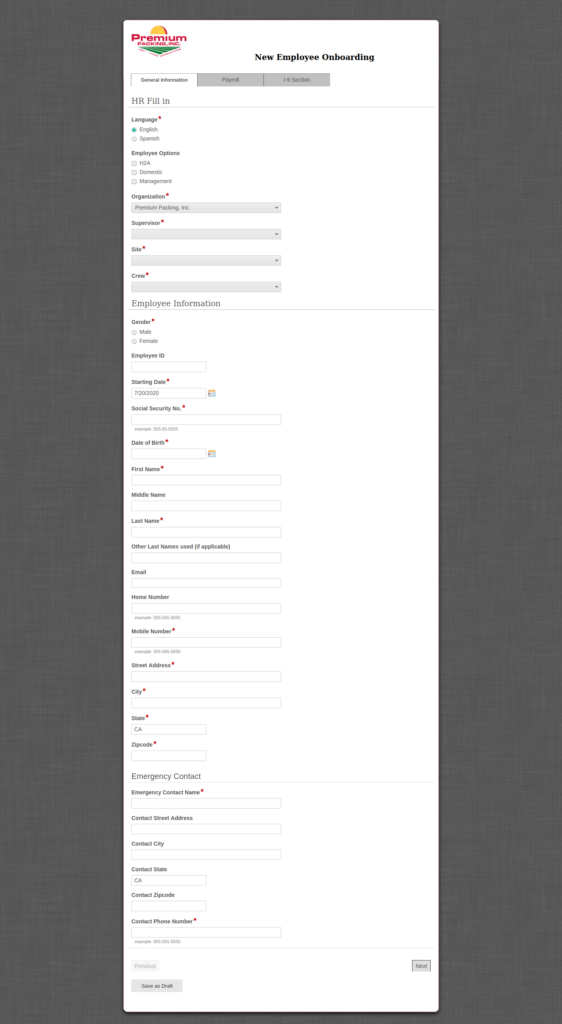
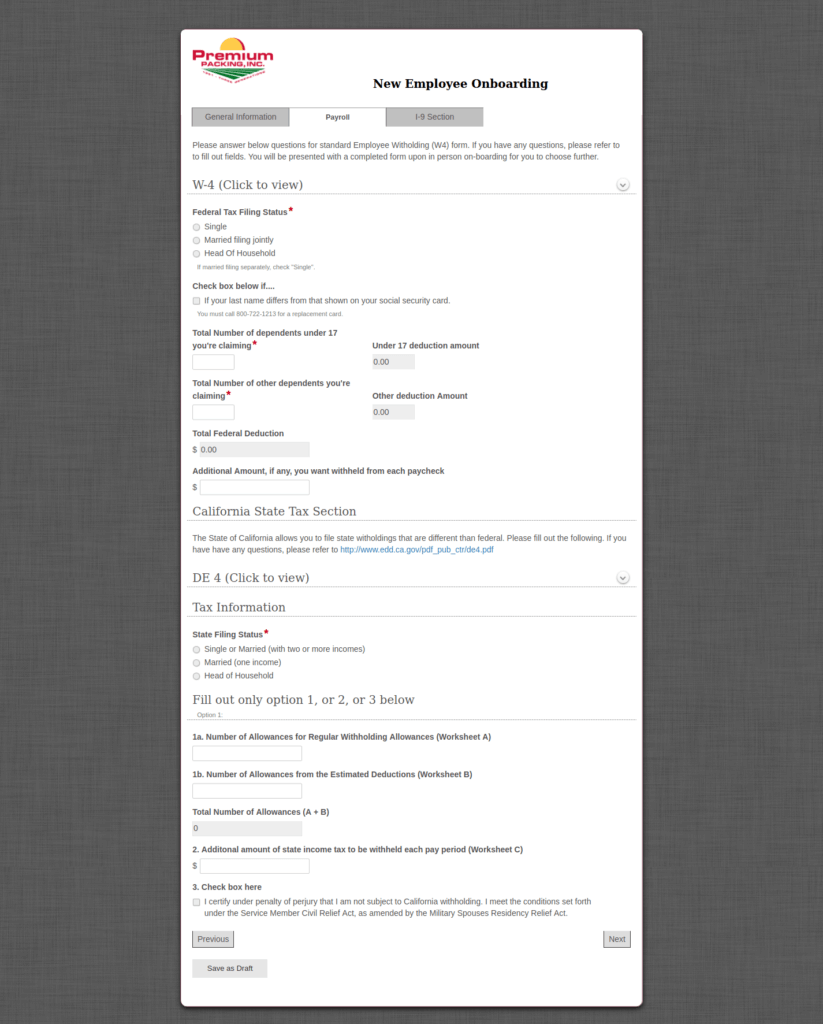

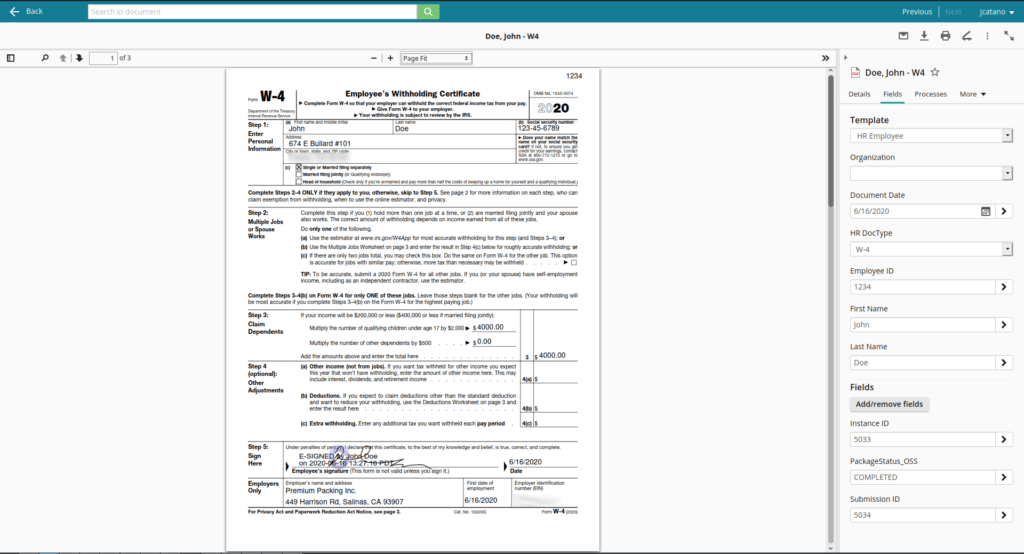
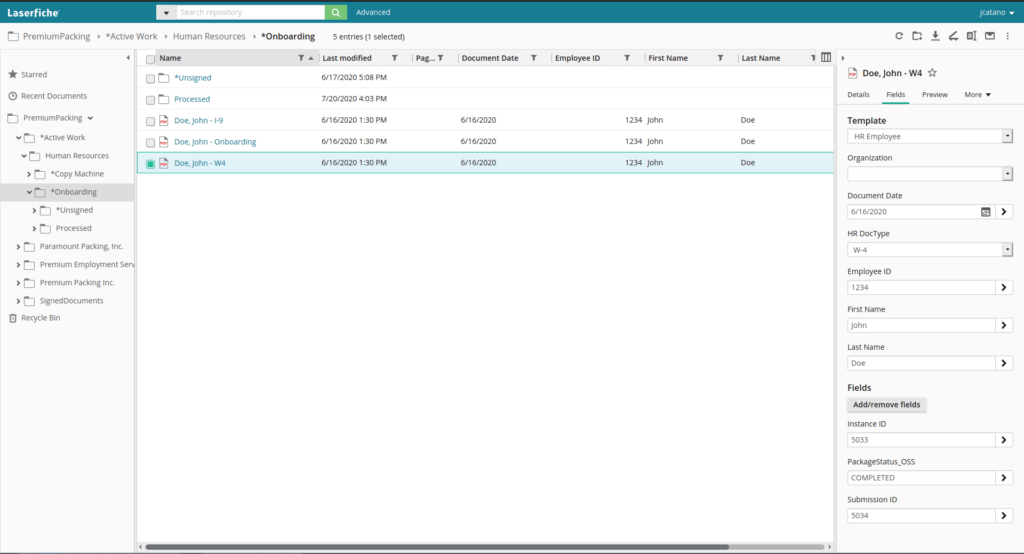

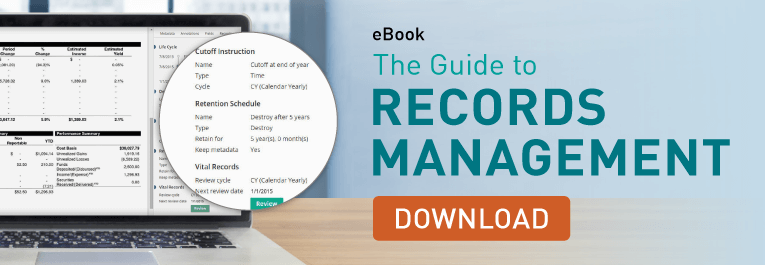


 SIU also used Laserfiche to expedite the collection of patient information when a local healthcare provider retired. “There was a local practice where the provider retired, and all of their patients were transitioned into our practice,” Washburn explained. “We had to collect release of information notices, so we quickly deployed a Laserfiche form to streamline that process. Our clinical staff just had to enter the patient’s health record number. Our system integrates with our practice management system to pull everything automatically, which significantly reduced the time it would have taken manually.”
SIU also used Laserfiche to expedite the collection of patient information when a local healthcare provider retired. “There was a local practice where the provider retired, and all of their patients were transitioned into our practice,” Washburn explained. “We had to collect release of information notices, so we quickly deployed a Laserfiche form to streamline that process. Our clinical staff just had to enter the patient’s health record number. Our system integrates with our practice management system to pull everything automatically, which significantly reduced the time it would have taken manually.”


